[Yamagata, Shonai] Kumagaya Shrine, the birthplace of Kamenoo | Learn about the life of Kumagai Saburobei, the god
2025/10/22 This site contains advertisements. Category: visit to a shrine or temple
![[Yamagata, Shonai] Kumagaya Shrine, the birthplace of Kamenoo | Learn about the life of Kumagai Saburobei, the god アイキャッチ](https://bongheiberg.yamagata.jp/wp-content/uploads/2025/09/熊谷神社.jpg)
Have you heard of Kumagai Shrine, nestled quietly deep in the mountains of Shonai Town, Yamagata Prefecture?
This shrine has a fascinating history. Long ago, a man named Kumagai Saburobei devoted himself to relieving the people of the Shonai region from their troubles and suffering, and even after his death, he was worshiped as a god by the villagers.At Kumagaya Shrine, there is a stone statue carved in the likeness of Saburobei, resembling a Jizo statue. It’s said that if you touch the stone statue (mikagezo) and pray to it, your wish will come true.
This time, we’ll report on the charms of Kumagaya Shrine, a shrine known for its wonderful blessings.
What is Kumagaya Shrine, the birthplace of the legendary rice variety “Kamenoo”?
Kumagaya Shrine is located in the Nakamura village of Tachiyazawa district, Shonai town, Yamagata prefecture. Along with Dewa Sanzan and Zenpo-ji Temple, it has long been a sacred site in the Shonai region, attracting devout worshippers.
The shrine enshrines Kumagai Saburobei, a man who supported people’s lives during the Edo period. He was admired for his virtue in saving and guiding the local people, and he eventually came to be worshiped as a god.
Kumagaya Shrine is also known as the birthplace of “Kamenoo,” a rice variety that spread throughout the Tohoku and Hokuriku regions. Kamenoo is a variety known for its excellent sake rice.
A monument explaining its origins has been erected within the shrine grounds, and “sacred sake” made with this ideal sake rice, “Kamenoo,” is sold at the main shrine.
When I asked the chief priest, I learned that this sake was produced by Koikawa Sake Brewery, which brews a variety of sake from the local rice variety “Kamenoo.”
What is the legendary rice variety “Kamenoo”?
“Kamenoo” (Turtle’s Tail) is a rice variety developed by rice farmer Abe Kameji in Shonai Town, Yamagata Prefecture during the Meiji period.
When Abe Kameji visited Kumagaya Shrine, he spotted three beautiful, ripe rice stalks that had not fallen over. He brought the stalks home and continued to cultivate them on an experimental basis, which is said to be how the new rice variety “Kamenoo” was born.
At the time, it was resistant to cold damage and disease, and was widely popular, especially in the Tohoku and Hokuriku regions. Kamenoo is also the origin of famous varieties of rice such as Koshihikari and Sasanishiki, and is known as a very important variety in the history of rice cultivation in Japan.
Even today, it is called “the legendary rice” and is attracting attention as rice for sake brewing, so it continues to live on in new forms while carrying on its traditions.
[Kumagaya Shrine’s Enshrined Deity] What kind of person was Kumagai Saburobei, the man who became a “god”?
Many people are probably curious about Kumagai Saburobei, the deity enshrined at Kumagaya Shrine.
We’ll explain why Kumagai Saburobei became the deity enshrined at Kumagaya Shrine, based on the contents of a pamphlet from Kumagaya Shrine.
In the early Edo period, Kumagai Saburobei, who studied under military scholar Yui Shosetsu, aspired to save the world during the Keian Incident, but when his wish was not fulfilled, he took refuge in Mt. Hizawa.
While he continued his training, he also supported the lives of the villagers and worshippers by imparting a wide range of knowledge on subjects such as scholarship, agriculture, hunting, and medicine.
Due to his deep faith and the way he endured hardships, he was known as a “saint,” and his devotion eventually led to him being revered as a “living god.”
In his later years, he entered the Buddhist priesthood and practiced Zen, and after his death, he is said to have left behind a will which read, “After I am gone, if you worship me as a god, my lifelong wishes will be fulfilled.”
After his death, the villagers followed his words and worshiped him as a god, and many worshippers began to visit the shrine to pray for recovery from illness, prosperity in business, and bountiful catches. Since then, there has been an unbroken stream of people seeking his miraculous powers, right up to the present day.
The statue, whose desire to save people lives on even after his death, seems to be imbued with great power.
A visit to Kumagaya Shrine, quietly nestled in the mountains
Kumagaya Shrine is located in Shonai Town and is a little-known shrine that you won’t often see in tourist guides for Yamagata Prefecture. Located at the foot of Mt. Gassan, the shrine grounds are a deep green and are said to have miraculous powers, making it a true power spot.
From here, we will introduce the grounds of Kumagaya Shrine and what we heard from the priest, along with photos.
A shrine that only those with a special connection can reach! ?
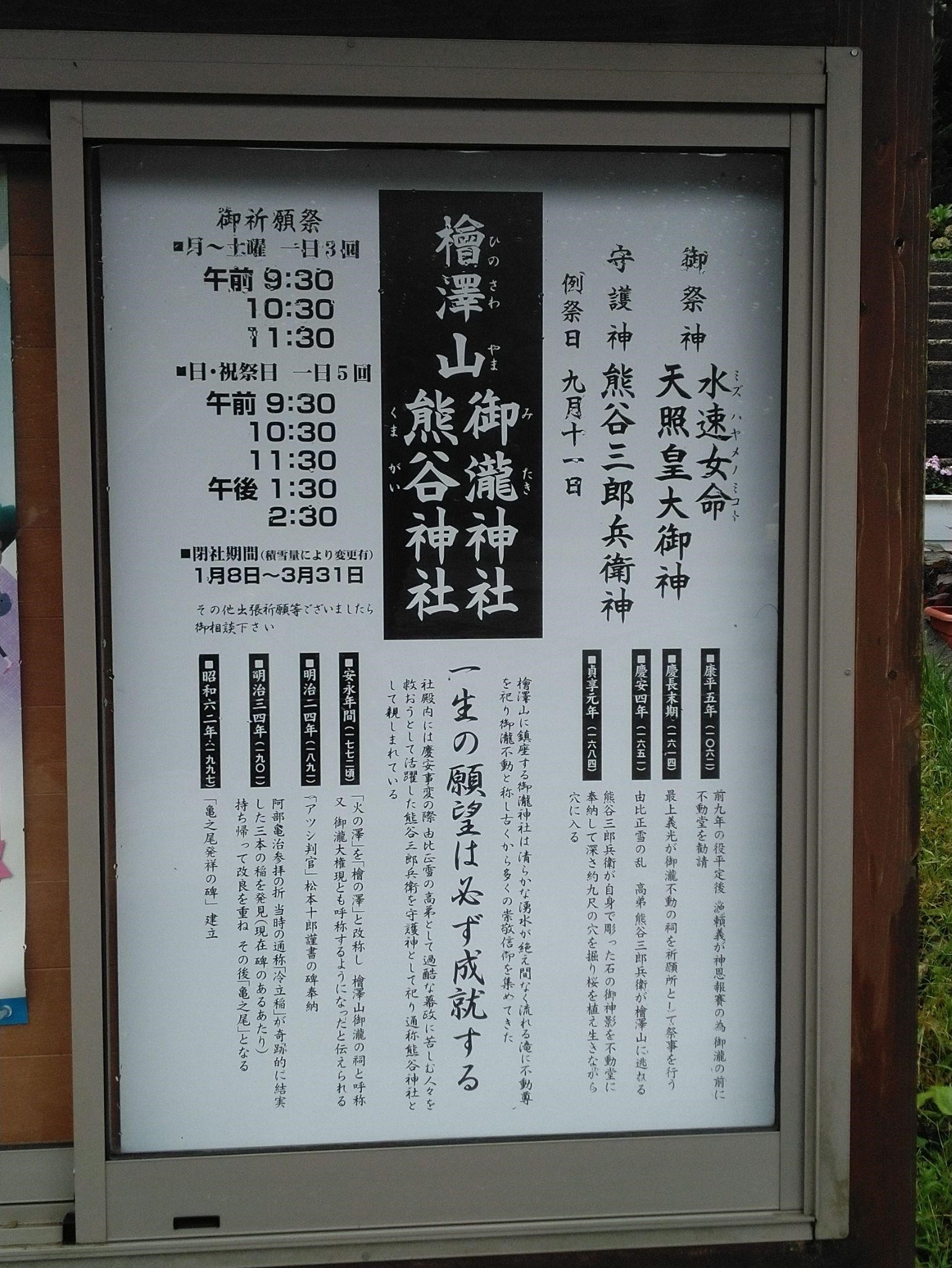
I had never seen Kumagaya Shrine in any tourist guide for Yamagata Prefecture, and even I, who visits shrines and temples throughout the prefecture, was unaware of its existence, so it was recommended to me by my family that I decided to visit.
When I arrived, I found that Kumagaya Shrine had a large parking lot large enough to accommodate a large bus, and a sign in the parking lot indicated that prayers could also be held there. It says that prayers are held three times in the morning and five times in the afternoon. I had imagined it to be an unmanned shrine, but judging from the size of the parking lot, it seems to get a lot of visitors.
I was excited to think that this might be some kind of amazing shrine that draws people in. Flowers were planted at the torii gate at the entrance to the shrine from the parking lot, and it seemed to warmly welcome visitors.
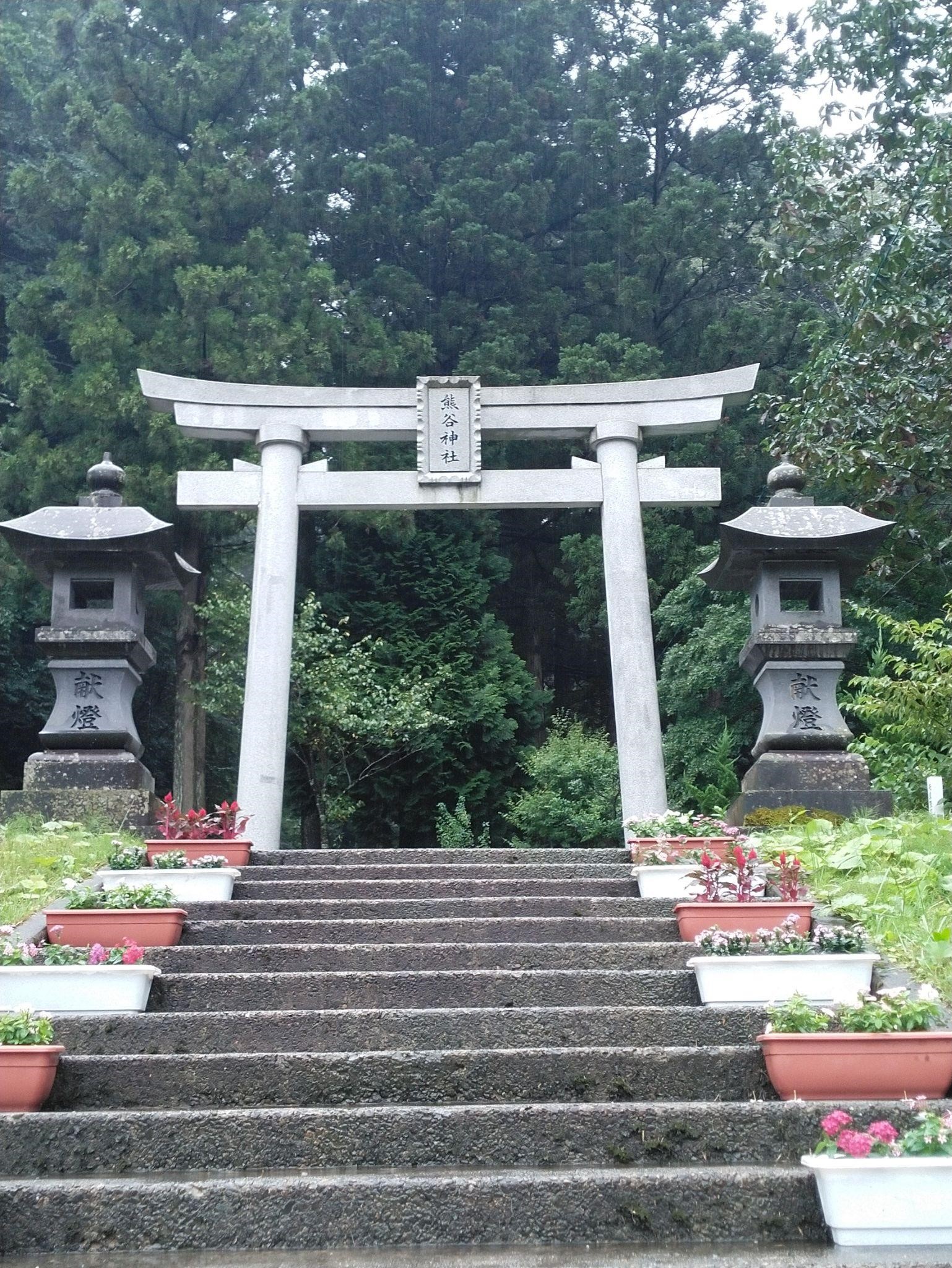
We pass through the torii gate and set off.
The approach to the shrine truly feels like a sacred area, with negative ions pouring down and it feels like you’re being purified just by walking along it. It was so refreshing that I had to take several deep breaths.
The path is a gentle uphill climb and you have to walk a little, but there are toilets along the way.
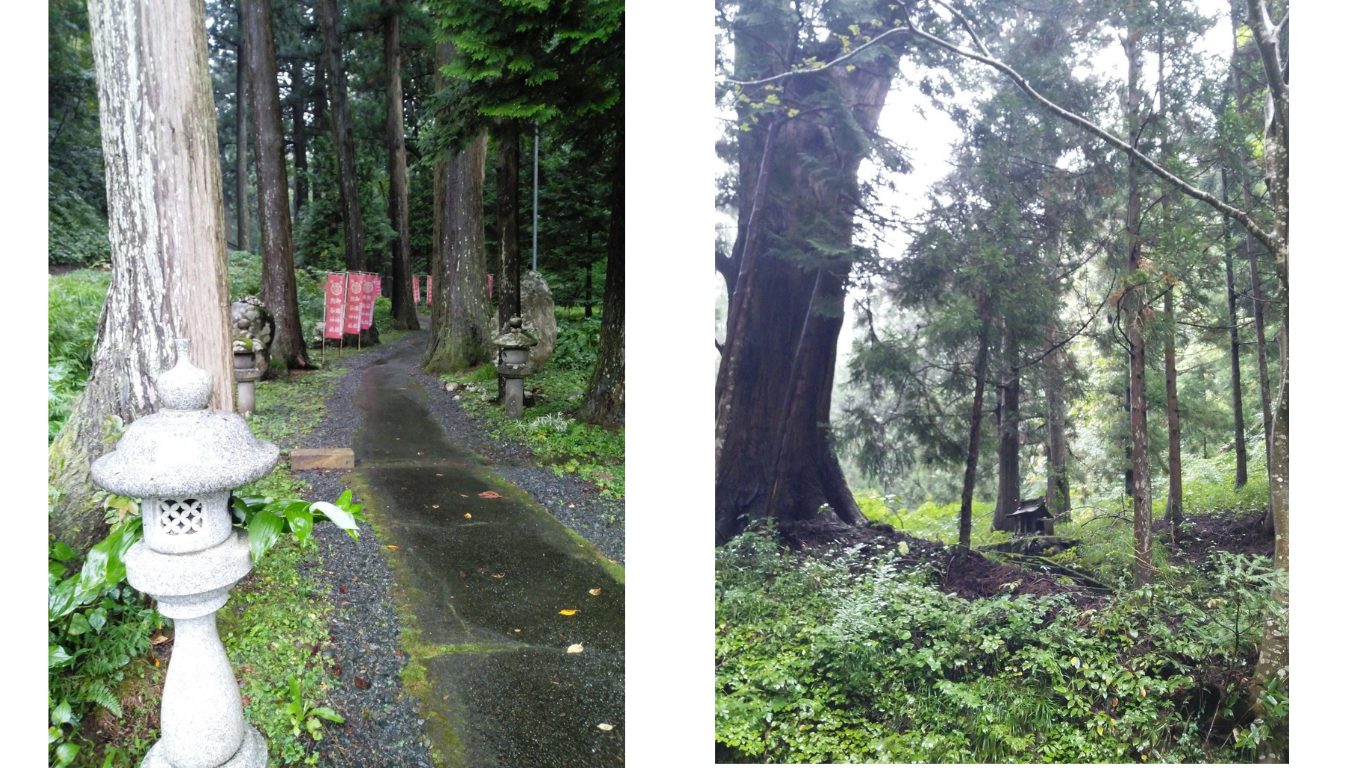
After walking for a while, I came across an old building. It seemed to be the back of the building. Curious, I went around to the front of the building and found an atmospheric shrine with a sense of history.
This was Kumagaya Shrine.

If you walk up the approach to Kumagaya Shrine, you’ll arrive at the back of the main hall. In other words, the shrine is built with its back to the approach and facing the mountain.
If you’re visiting for the first time, you might think it’s facing a strange direction.
I later asked the priest, and he said that facing away from the approach to the shrine makes it difficult to find, and that is why only those who have a connection to the shrine can reach it (pray at it).
Indeed, when I was walking along the approach through the forest, I too had grown anxious and wondered if the shrine was really there, so I naturally agreed with the idea that it is a shrine where only those who can reach it can have a connection to it.
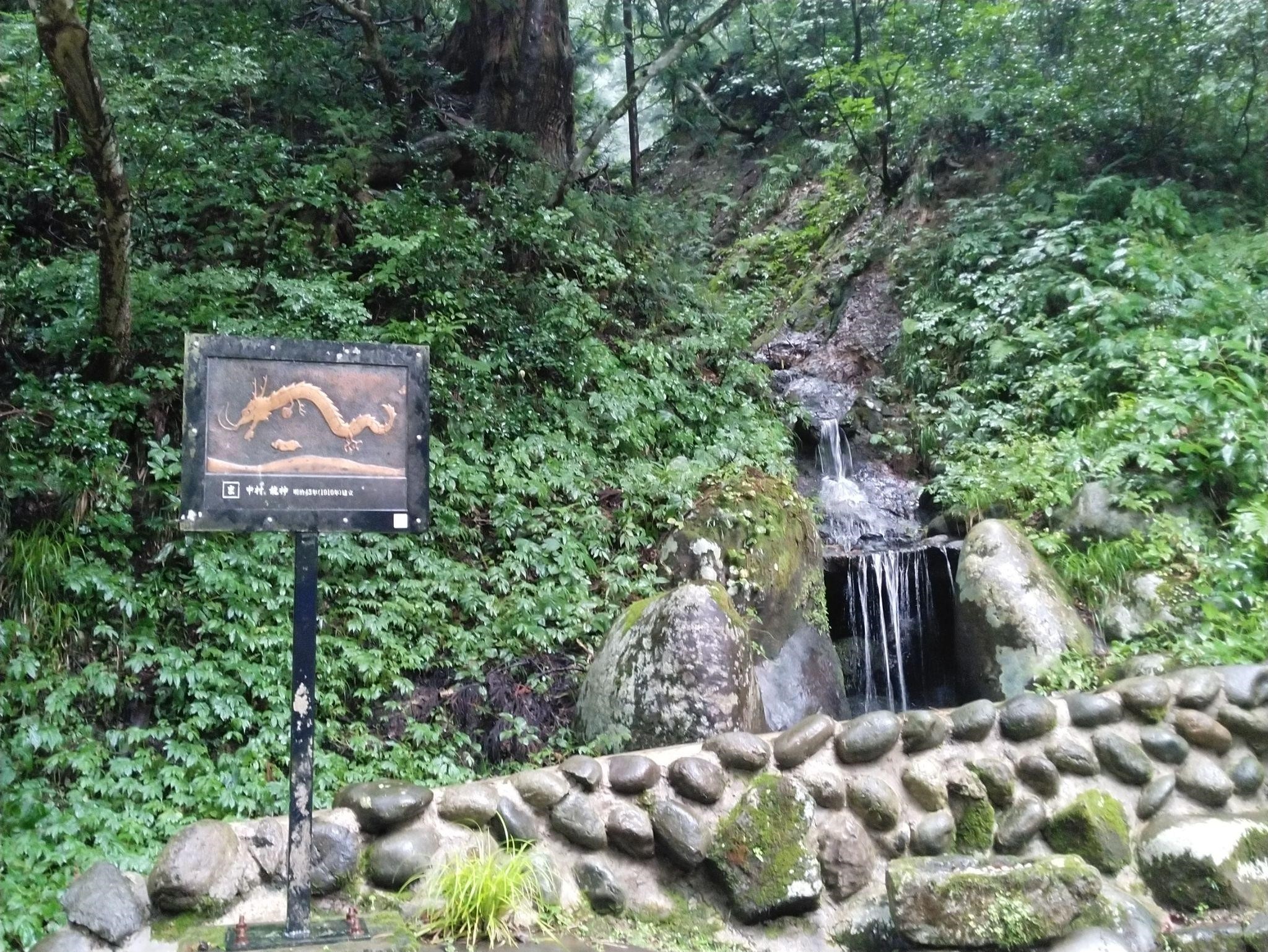
There is also a small waterfall in the direction of the mountain that the main shrine faces. It is said that Acala resides there as Mitaki Shrine.
The sign in the parking lot earlier said “Mitaki Shrine/Kumagaya Shrine.”
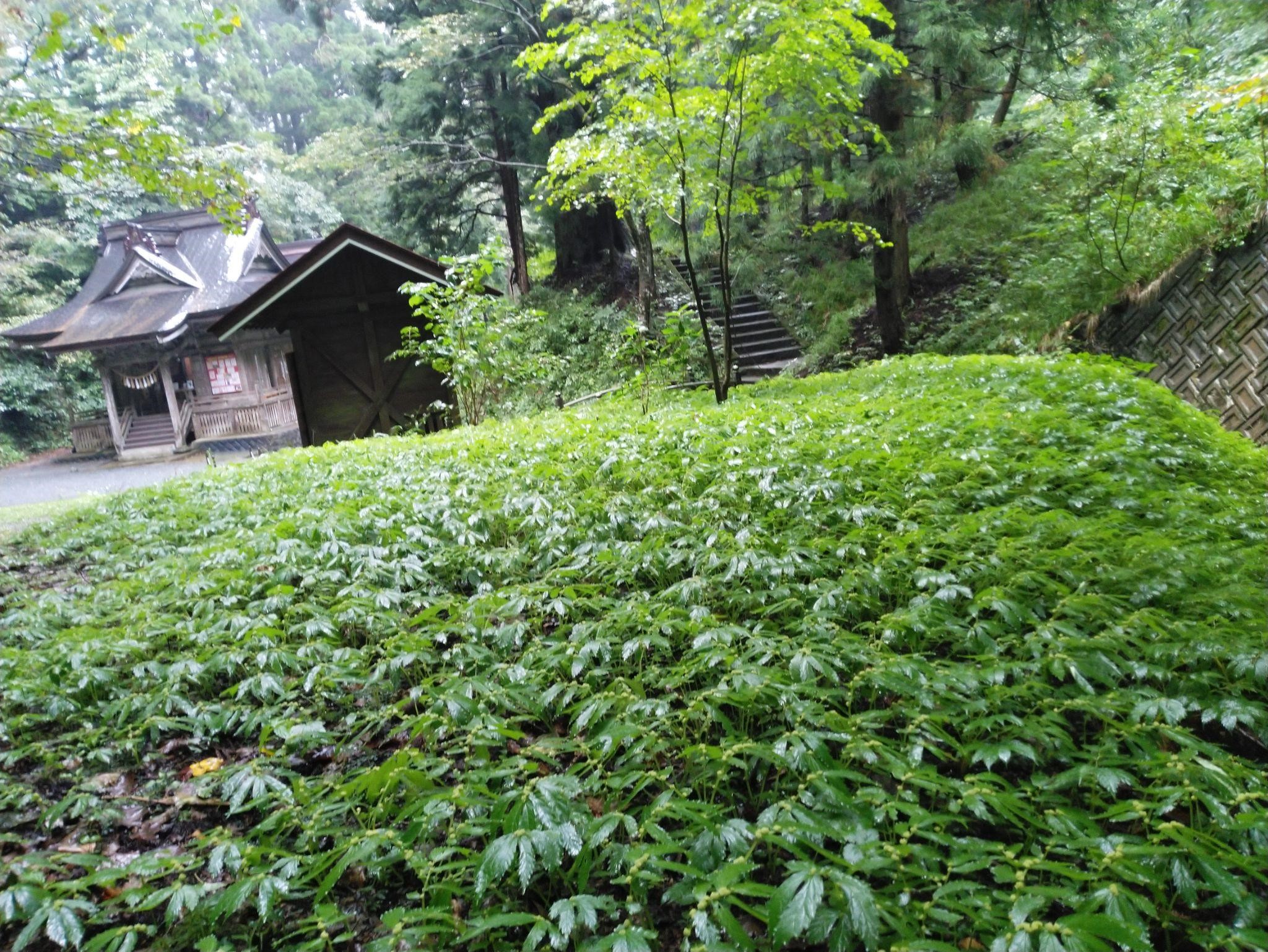
This photo was taken from the mountain facing the main shrine. I don’t know what kind of grass it is, but it looks like a green carpet. It’s really refreshing.
“All your lifelong wishes will surely come true” | Facing the statue of Kumagai Saburobei
I first expressed my gratitude to the priest at the main shrine for the connection I had made, and then offered my prayers. Afterward, I strolled through the pleasant grounds (which felt more like a forest), and the priest called out to me, “You can come inside and pray.”
I cautiously entered the main hall, and inside it had the atmosphere of an old village guardian deity.
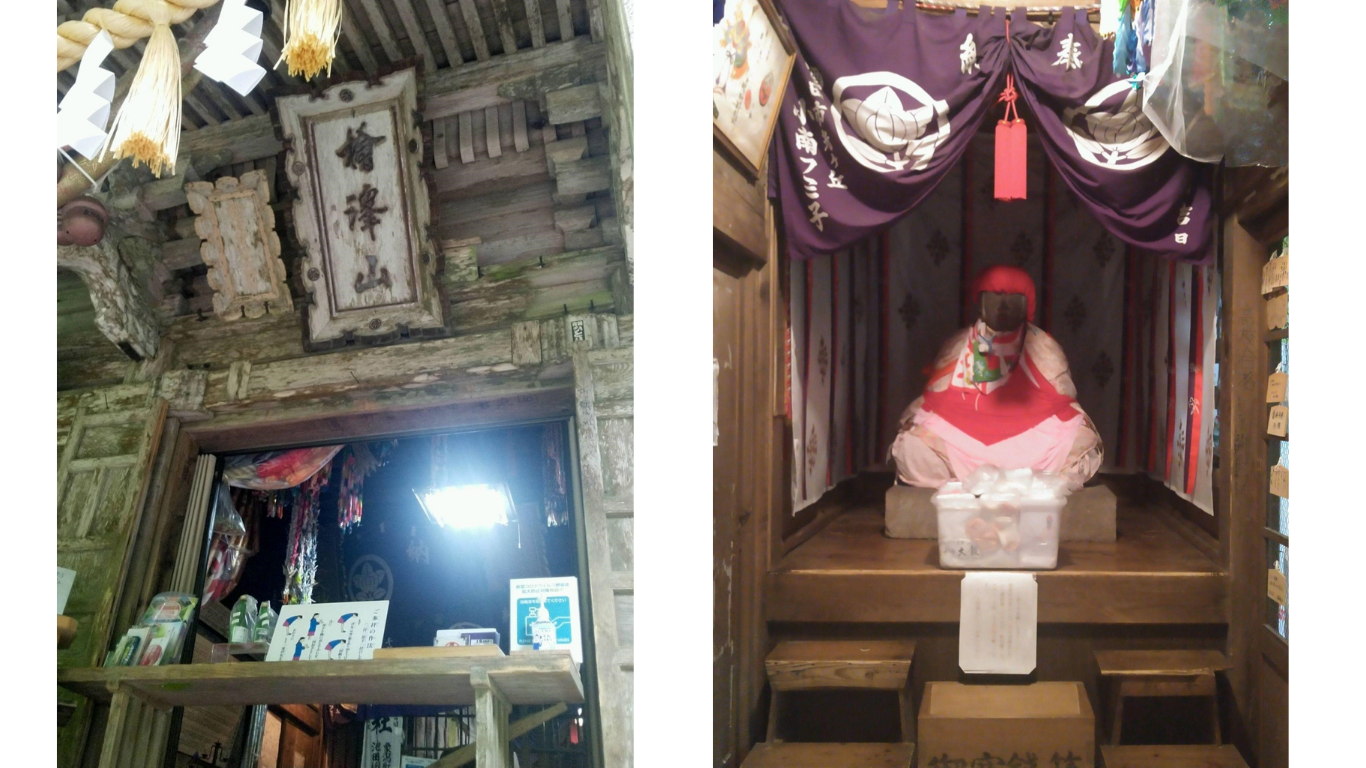 The large stone Jizo statue was photographed with permission from the priest.
The large stone Jizo statue was photographed with permission from the priest.First, I paid my respects to the mirror in the main hall, and when I looked to my left, I noticed a large stone Jizo statue in the back. I tilted my head and wondered, “A Jizo statue framed like a Buddha inside a shrine? Why?”, and the priest kindly explained to me.
Apparently, this stone statue is not a Jizo statue, but an “image of Kumagai Saburobei, who became a god.”
As mentioned above, it is said that Saburobei himself carved his own image into the stone. He then left a will stating that after he died, all his life’s wishes would be fulfilled by praying to this statue, in other words, that he would “continue to save the villagers even after death.”
He also apparently requested that the statue he carved be placed to the side of the main shrine, rather than in the center.
Saburobei was such a humble man. And the villagers have continued to treasure and worship the statue for such a long time, just as he had instructed. When I think about the feelings and the length of time that people have spent there, I feel deeply moved.
A towel is a talisman? The priest teaches us how to make a wish.
There was one more important thing I learned from the priest.
The way to make a wish.
If you look at the photo of this statue again, you can see that there is a plastic case in front of it with a mountain of towels inside. Take one of these towels and, if there is an area you want healed, rub that area directly on the statue.
Then, make a wish to the statue.
Take the towel home as a good luck charm.
(It’s said that its blessings will not disappear, no matter how many times you wash it.)
Then, the next time you visit, give two new towels (double the amount) as a token of appreciation. One was borrowed (and taken home), and the other was for the next worshipper. By doing this, new connections are made and many people will receive blessings.
By the way, I had stiff shoulders and tired eyes, so I used the borrowed towel to stroke the statue’s shoulders and eyes. I was very nervous about touching the statue directly!
According to the priest, these days young women put lipstick on the mouth of the statue in the hopes of looking beautiful, and then take it home with them.
Perhaps that’s why the statue’s mouth was slightly red.
The priest told us so many different things that I can’t write them all here. If I hadn’t spoken to him, I think I would have left without even knowing about the wishes made on this statue. If you’re going to worship, be sure to ask the priest about it.
Access to Kumagaya Shrine and prayer times

Kumagaya Shrine is located about 8km from Prefectural Route 45, after turning off National Route 47, which connects Shinjo City and Sakata City, towards Tachiyazawa River.
You can also get there from Mount Haguro, where Dewa Sanzan Shrine is located, via Prefectural Route 45. Either way, look for the large sign, as shown in the pamphlet below.
During the winter (January 6th to March 31st), the main shrine is completely buried in snow and it is apparently not possible to worship there.
This may change depending on the amount of snow, so please inquire with the chief priest to see if you can worship there.
| Spot Name | Kumagaya Shrine |
|---|---|
| Phone Number | 0234-59-2204 (Chief Priest’s Residence: 0234-59-2525) |
| Business Hours | – |
| Closed Days | – |
| Address | 71, Kimiiri Ushinosawa, Shonai-machi, Higashitagawa-gun, Yamagata Prefecture, 999-6607 |
| Access | Approximately 40 minutes by car from Shinjo IC on the Shinjo-Sakata Road, or 48 minutes by car from Tsuruoka IC on the Yamagata Expressway |
| Parking | Available |
| Official HP・SNS | Kumagaya Shrine Official Website |
Summary
Kumagaya Shrine is dedicated to Kumagai Saburobei, a man known as a “saint” for his devotion to humanity.
If you’re experiencing physical ailments or worries, this is the perfect place to pray (perhaps the best in the prefecture).
You can also soothe your mind and body by chatting with the kind priest or simply basking in the miraculous divine energy at the foot of Mt. Gassan.
If you’re in the Shonai area, be sure to stop by.


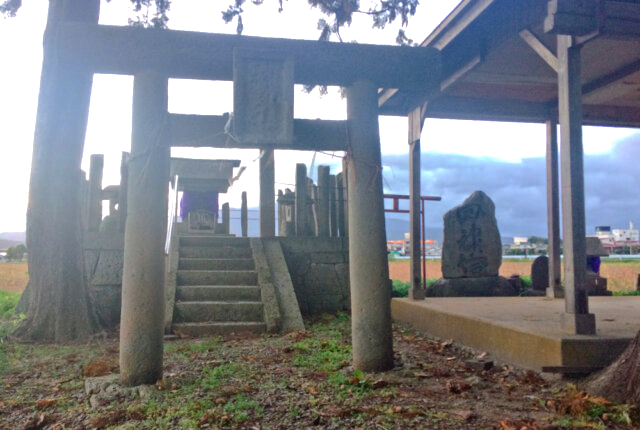
![[Yamagata, Takahata Town] Pray to Kameoka Monju, the God of Academics! | Introducing a Power Spot for Academics and Tourism アイキャッチ](https://bongheiberg.yamagata.jp/wp-content/uploads/2025/08/亀岡文珠1.jpg)
![[Yamagata, Nagai City ] The Head Priest’s Passion for Motorcycles Shines—Sōmiya Shrine, a Sacred Spot for Riders アイキャッチ](https://bongheiberg.yamagata.jp/wp-content/uploads/2025/07/unnamed.png)
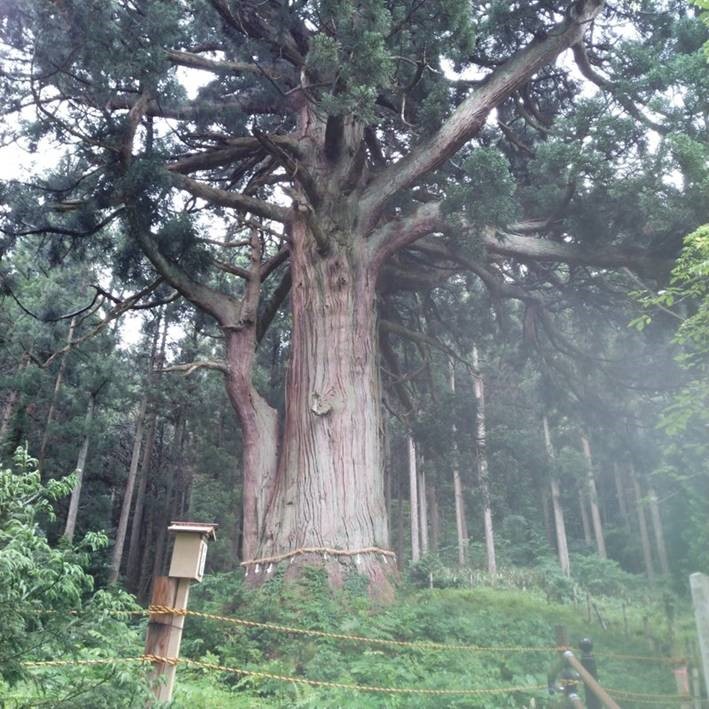
![[Yamagata, Tendo City] Takeisao Shrine, dedicated to Oda Nobunaga | Goshuin and Konpeito Worship Report アイキャッチ](https://bongheiberg.yamagata.jp/wp-content/uploads/2025/07/image6.jpg)
![[Asahi Town, Yamagata] Visiting Air Shrine | A Mysterious Spot Enshrining Air アイキャッチ](https://bongheiberg.yamagata.jp/wp-content/uploads/2025/07/IMG_3602-scaled.jpg)
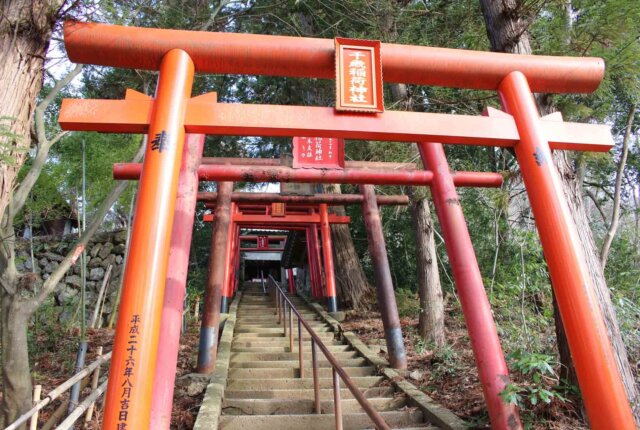
![[Yamagata, Yamagata City] Karamatsu Kannon | The fifth of the 33 Mogami Kannon temples with a spectacular view and a free campsite アイキャッチ](https://bongheiberg.yamagata.jp/wp-content/uploads/2025/02/karamatsu-kannon1.png)


![[Yamagata, Tozawa] “Roadside Station Tozawa Kouraikan” Experience of traveling Korea | Korean gourmet food, and souvenirs アイキャッチ](https://bongheiberg.yamagata.jp/wp-content/uploads/2025/10/道の駅とざわ_高麗館9-1.png)
![[Yamagata, Murayama] Link MURAYAMA’s pizza shop “pizza nu-ma” | Delicious pizza tasting report アイキャッチ](https://bongheiberg.yamagata.jp/wp-content/uploads/2025/09/pizza-nu-ma7.png)
![[Yamagata・Shonai Town] A blissful moment in the stylish space of the town bath | Shonai Town Gallery Onsen アイキャッチ](https://bongheiberg.yamagata.jp/wp-content/uploads/2025/09/machiyu_top-3.jpg)